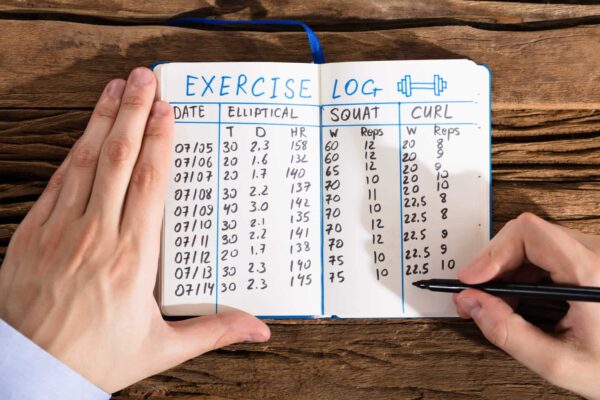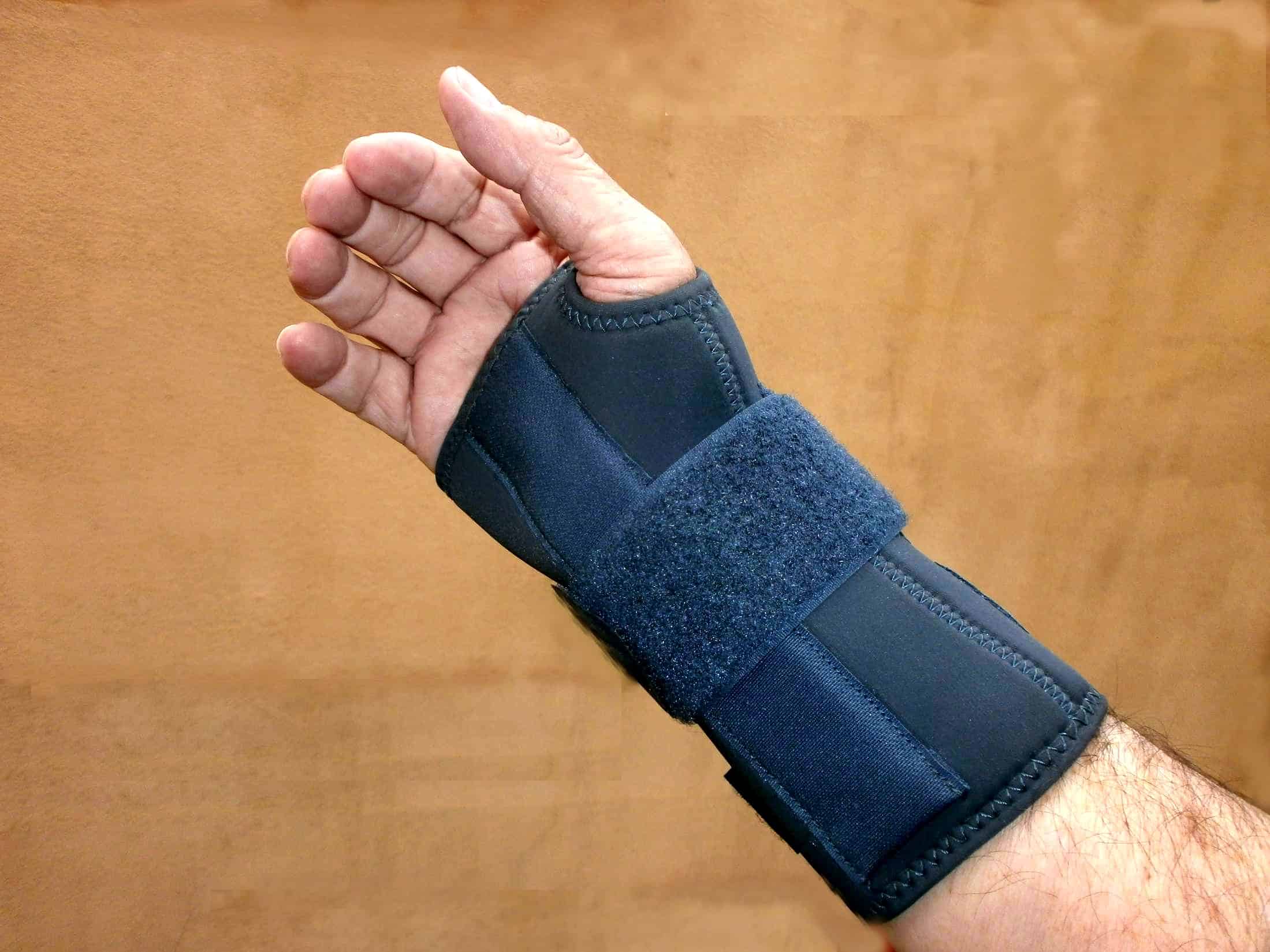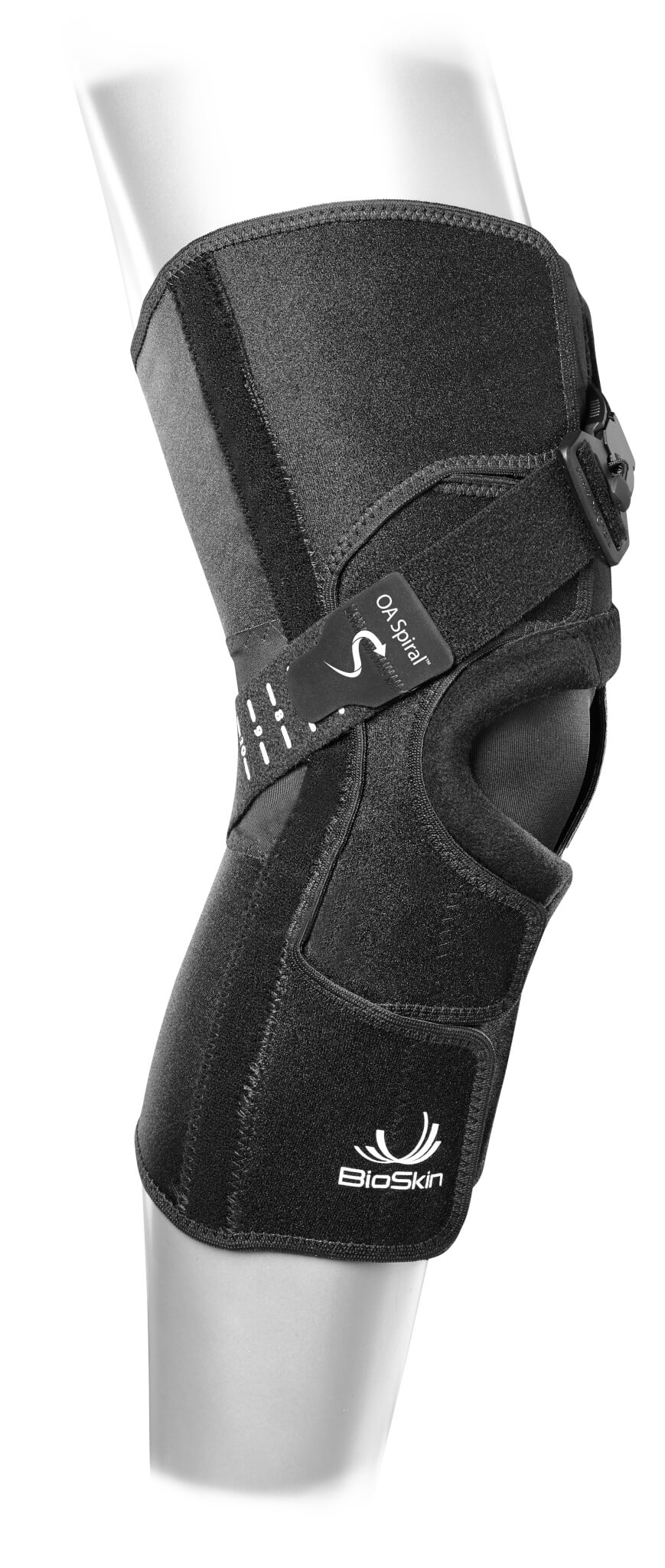4 Ways To Improve Patient Compliance In Physical Therapy
Patient compliance is a term that refers to the extent to which a patient correctly follows the medical advice he or she receives from a healthcare professional. It frequently refers to the extent to which the patient will take the medication prescribed but is also applicable to the correct use of medical devices or the patient’s willingness or ability to correctly perform physical therapy exercises as part of a rehabilitation program. In this post, we suggest 4 ways to improve patient compliance in physical therapy programs.
Why Is Patient Compliance Important?
Patient compliance is a significant factor for healthcare organizations and plays an extremely important role in determining patient outcomes. According to a publication of the US National Library of Medicine, as many as 40% of patients do not follow treatment recommendations. In addition, when the recommended treatments are complex or require significant lifestyle changes, non compliance rates can be as high as 70%. These figures indicate that improving patient compliance without changing treatment recommendations in any way can have a major (positive) impact on the proportion of patients that experience positive outcomes from a consultation with a healthcare advisor.
In addition to directly harming the patient’s chances of a successful treatment outcome, patient non compliance can actually result in incorrect treatment decisions on the part of the healthcare provider. If the provider is not aware that the patient is not following the original treatment recommendations, he or she may decide to make changes to the recommended treatments on the assumption that the original diagnosis may not have been fully accurate. As a result, the patient may be given an adapted but incorrect treatment protocol that may actually cause harm instead of supporting recovery.
Patient Compliance In Physiotherapy
Physiotherapy is one of the branches of healthcare that is particularly subject to high rates of patient non compliance. Many physical therapy programs require the patient to carry out unfamiliar and/or unusual rehabilitation exercises at home and without the supervision of the physiotherapist. As a result, patient adherence to these regimes can be extremely low and can significantly constrain the rate of achievement of successful patient outcomes. Knowing how to improve patient compliance rates in physical therapy programs can therefore be a significant item in the toolkits of physiotherapists throughout Canada.
Suggestions For Improving Physical Therapy Patient Compliance
We provide 4 suggestions for improving patient compliance below:
Use Written Instructions To Improve Patient Compliance With Physical Therapy Recommendations
Research has shown that one significant contributor to patient non compliance is failure to remember the details of the recommendations communicated verbally in the physiotherapist’s office. To help the patient remember these details, the physical therapist should first require patients to perform the recommended exercises at his or her practice location. The physiotherapist should then present the patient with detailed written instructions, including diagrams if appropriate to ensure that the patient remembers the important parts of the exercises to be performed.
If part of the treatment involves the use of a medical device (e.g. a knee brace) the physiotherapist should have the patient rehearse putting on and taking off the device in the office to ensure the important aspects of the procedure are being performed correctly. If the prescription involves use of another type of device such as a Tens Machine, the healthcare professional should ask the patient to rehearse the usage of the device before sending him or her home with it. As much as possible, the healthcare provider should provide detailed written guidance for the patient to follow. If the patient always has access at home to this type of written guidance, it will help to improve compliance with the physical therapy program.
Improve Patient Understanding Of How The Physiotherapist Recommendations Will Help Them Recover

Patients are more likely to follow recommended treatments if they can clearly see how these treatments will help them to recover. When presenting their recommendations, physiotherapists should therefore encourage the patient to ask questions and seek clarification on the thinking behind their treatments. Encouraging this type of participation is likely to improve patient compliance with the physical therapy program. The patient will then be able to make a clear connection between the exercises or other routines to be followed and his or her early and full recovery to normal health.
This approach will also help to improve patient trust in the physiotherapist, a factor that rsearch has established as a key driver in improving patient compliance with physical therapy & other treatment programs. As part of building a trusting relationship, physiotherapists need to focus on their communication and “bedside manner” manner skills as well as on expressing compassion for the patient and his or her situation.
Encourage The Patient To Keep A Written Record Of Daily Compliance With The Physical Therapy Program
Another useful technique may be to provide the patient with an exercise log book or sheet that he or she can complete on a daily basis to confirm completion of the physical therapy exercises. If the patient knows that he or she will review this sheet with the physiotherapist at the next visit, this will encourage him or her to complete the exercises as scheduled. There could also be a place on the sheet for the patient to note questions he or she may have about the exercises. These questions can then be brought up for discussion with the healthcare provider at the next visit.
Use Online Demonstrations To Improve Patient Compliance With Physical Therapy
Where possible, physiotherapists should allow their patients access to online resources (e.g. videos, photos, written instructions) that provide visual demonstrations and clearly written explanations of the exercises they need to perform at home. The patient will then be easily able to reference these resources from the comfort of their homes and this should be a key factor in improving patient compliance. Patients will find these resources to be especially useful when they need to perform relatively intricate routines at home with which they are not familiar.
Conclusion
In this post, we have explained the importance of improving patient compliance to support successful treatment outcomes in physical therapy. We have also provided 4 suggestions for improving patient compliance. For further information on improving patient compliance at home, please read this post.







